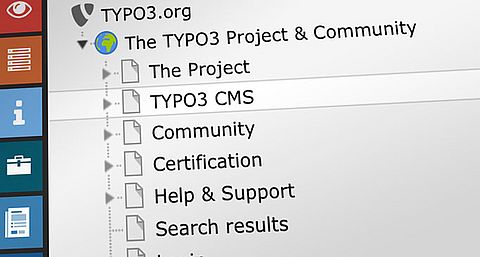User Experience, Design, & Graphical Flexibility
Creating an engaging, user-centered digital experience requires a CMS like TYPO3, with the power and flexibility to bring your vision and your brand to life online.
Beyond being simply useful and accessible, a great user experience should also evoke delight, joy, and positive emotional connections. If your customers experience your digital presence as intuitive, trustworthy, and reliable, that impression transfers to how they perceive your brand.
With flexible and extensible content templates, intuitive media management, and more, TYPO3 CMS sets you free. Create the joyful customer experience your website should be.
- Web-based, designer-friendly style and template management for multiple templates, including base, sitewide, parent/child, and custom templates.
- Multiple page types and themes styled through CSS for graphic flexibility and responsive design of all elements.
- Enhance user experience by easily integrating existing and future progressive web apps.
- Skinnable user interface for frontend users with dynamic graphical menus and multiple menu types.
User Experience, Design, & Graphical Flexibility Features in Detail





